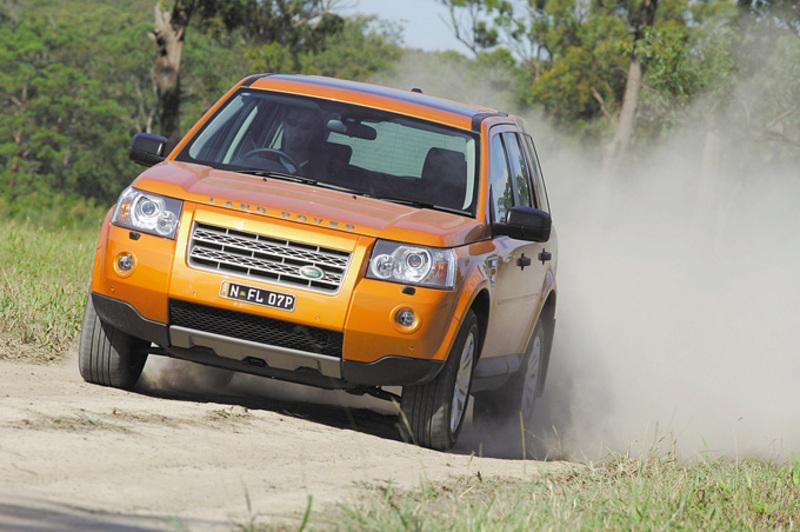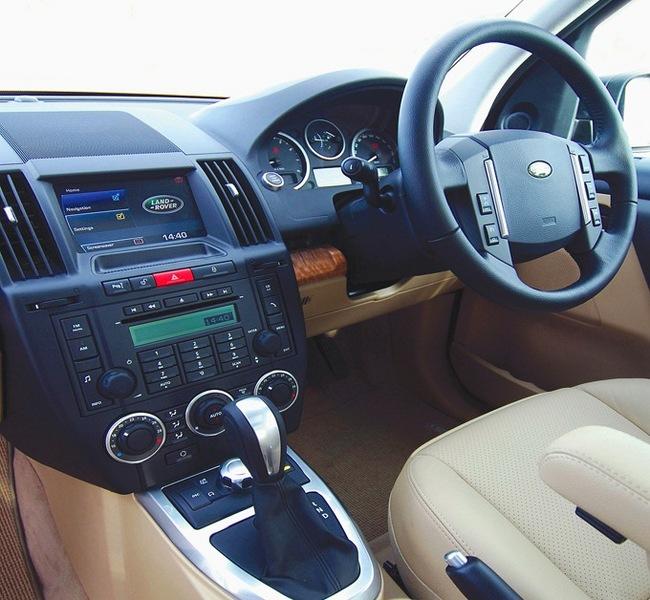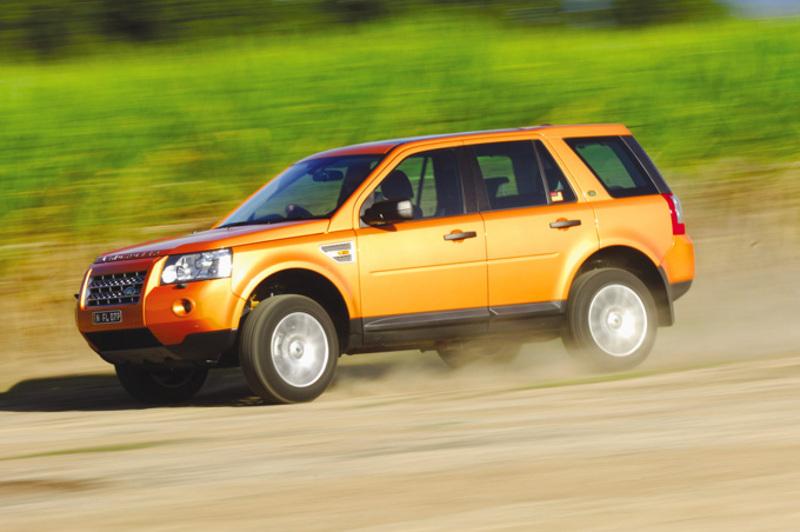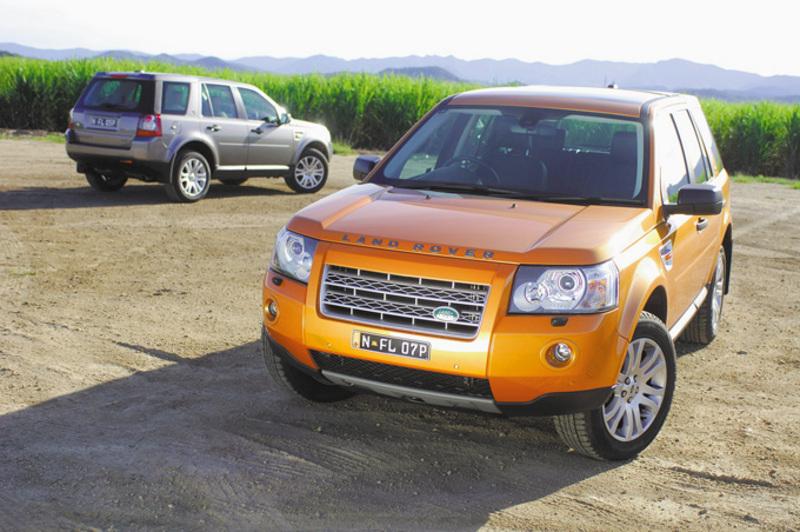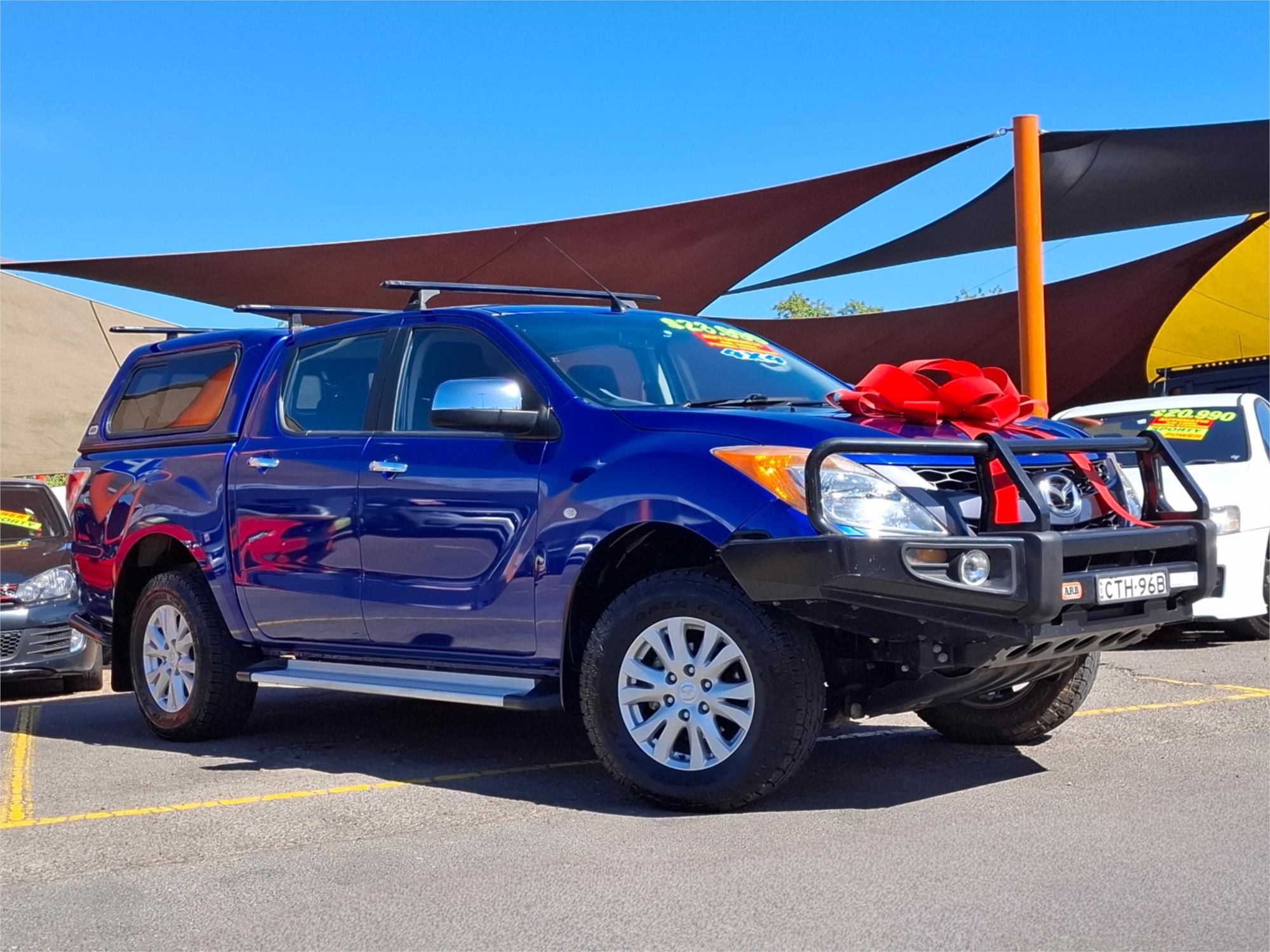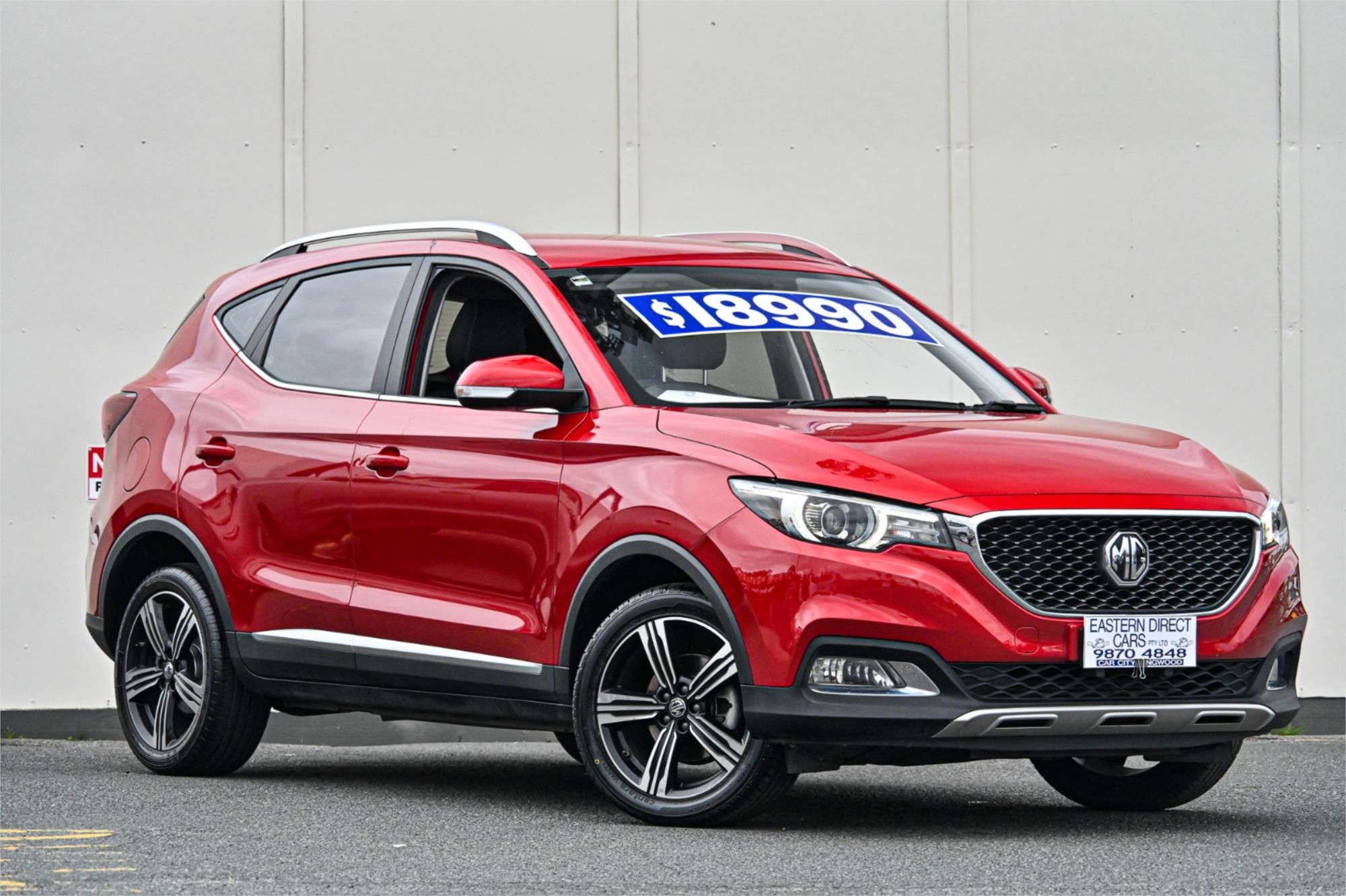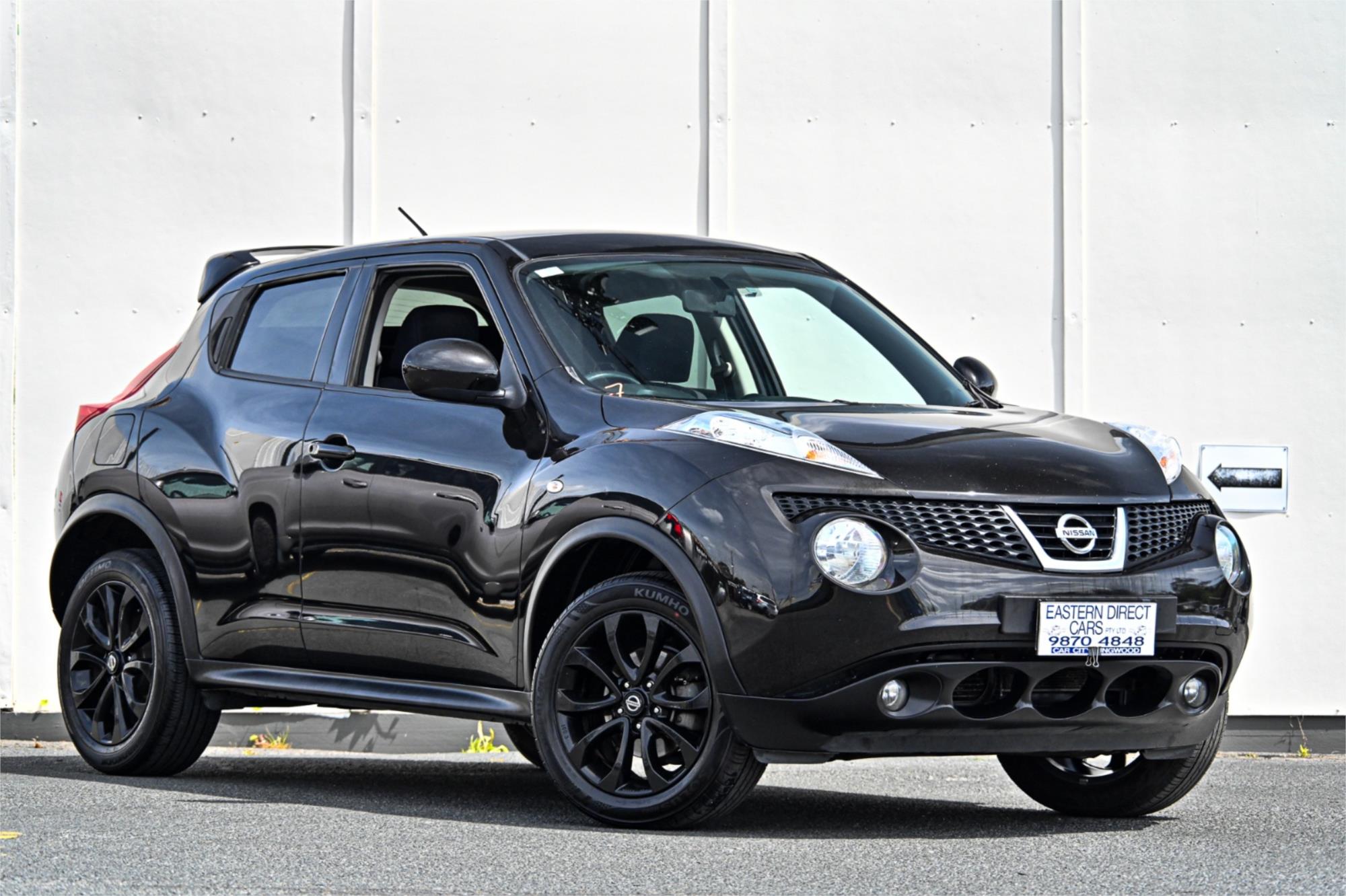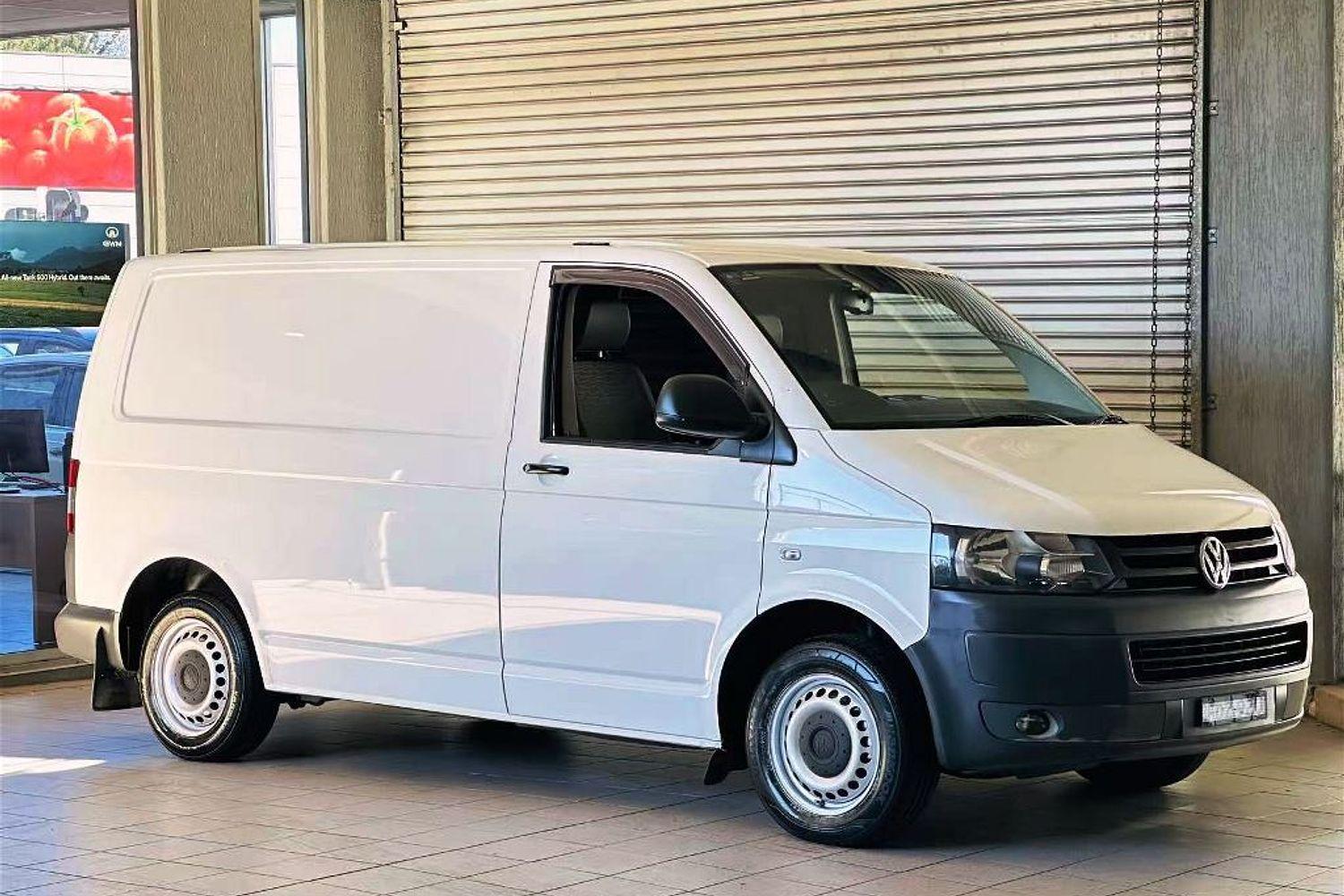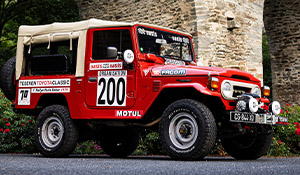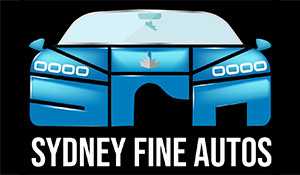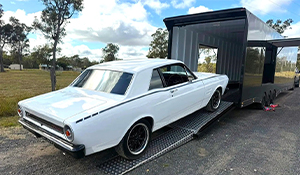Land Rover Freelander 2
We drive plenty of compact sized SUVs and while most are pleasant enough, not many deliver a wow factor that leaves you dreaming up excuses not to have to return the vehicle to the manufacturer! Cutting straight to the conclusion, the Freelander 2 is a brilliant vehicle that is simply light years beyond its predecessor. I know there was quitea bit of anguish in Land Rover headquarters about the naming of this vehicle, and it was a gutsy decison to stick with the Freelander moniker, considering the luke warm response of its predecessor.
Okay, we were driving the premium model, but I'm sure it is a reflection of the range. The first Freelander promised much, and while it was by no means a dud, it was very much a story of being over priced and under done in an extremely competitive marketplace. For the most part it was underpowered and off road ability - such a badge of honour for Land Rover - was lacking. Planning for the new Freelander, saw designers discard the original and start with a clean sheet. Apart from some design hues from the past, the new model has the DNA of a downsized Range Rover, which isn't such a bad thing.
Models
Freelander 2 is offered in two specification levels, with a choice of 3.2-litre petrol or 2.2-litre turbo diesel engines. Both engines are more powerful than their predecessors, with the diesel TD4 delivering a claimed 43 percent more power.
There is no longer a choice of a manual transmission, with both engines matched to a six-speed auto transmission, with CommandShift - Land Rover's name for sequential gear shift. There is also a sport mode for more responsive performance.
Freelander 2 is built with a monocoque body that is strong and rigid and build quality seemed better than most Land Rovers, perhaps because this vehicle is not built in the Solihull factory, but in the modernised Jaguar X-Type plant at Halewood, near Liverpool. The suspension is fully independent and its ride and handling are just one of a number of pleasant surprises that reward the driver. While a 118kW engine doesn't seem particularly inspiring on paper, it delivers a surprising turn of speed and has a good launch feel. Torque is a healthy 400Nm , which provides plenty of pulling power across a broad rev range. Externally the Freelander looks sharp and modern with purposeful and compact body.
TD4 turbo diesel engine
Land Rover addresses the deficiencies of previous Freelander engines with the 2.2-litre turbo diesel delivering 118kW of power - substantially up on the previous engine's 82kWs. Similarly, torque is up to an impressive 400Nm - a gain of 140Nm over its predecessor. Performance is substantially improved and while not a rocket ship, has respectable launch feel and is quick and nimble in most situations. The TD4 engine features the latest third generation common rail fuel injection, a new Garrett variable nozzle turbo charger, a double walled cylinder block and sump mounted balance shafts. The result is impressive torque spread and a fuel economy of 87.5 litres per 100 kms.
The torque curve delivers between 1000 rpm to 4500 rpm, rewarding the driver with a responsive drive. For even greater response hard acceleration delivers a short period of overboosting, where turbo pressure is increased. The transmission also features a sport mode which also provides a more performance oriented drive. In sport mode, the auto transmission is programmed to hold low gears longer and to shift down more readily, to assist acceleration. The six-speed transmission provides seamless shift quality, thanks to a fully integrated electronic transmission control module. The module uses different gear change maps, depending on whether the transmission is in full auto, sport or manual CommandShift mode, and when the vehicle is using one of the special Terrain Response programs.
On road performance
Land Rover has achieved an impressive on road presence in the Freelander 2, with handsome and contemporary good looks, but more so in the ride quality it delivers. The driver has a commanding seating position, with a great over bonnet view of the road. Once mobile the Freelander is nimble and agile with precise rack and pinion steering. It is adjustable for both reach and rake, enabling the driver to achieve the most comfortable possible driving position. In HSE spec the Freelander also comes with high quality leather trim and power adjustable seat with height and lumbar adjustment.
Ignition is by a push button and the dash has a premium look to it. The hand brake is located close to the driver's hip and there is no centre console. The gear shift is a short throw and sequential gear selection is activated with a quick flick of the shifter to the left and choosing + and - to move up and down the gears manually as required. In front of the gear shifter is the Terrain Response dial with its four modes - normal, gravel, mud and ruts and sand.
Terrain Response
Terrain Response is standard on all models and adapts the responses of the vehicle's engine, gearbox, centre coupling and chassis systems to match the demands of the terrain. Select the appropriate terrain and there is a noticeable difference in the Freelander's performance. In concert with full time 4x4 and the Freelander has reasonably creditable off road performance. It is not let down by an absence of low range, but more by lack of ground clearance. The Freelander's 4x4 system employs a continuously variable front-rear torque split to suit conditions. Under normal road conditions most drive is to the front wheels, but in tough conditions much of the engine's torque is fed to the rear wheels.
This is achieved through a centre coupling that continuously alters the front-rear torque split. Similar systems normally operate through a hydraulically operated multi-plate wet clutch, but Land Rover uses an electronically controlled centre coupling - linking the propshaft to the rear differential - that engages quickly when wheel spin is detected, and disengages equally as quickly, without compromising stability control systems. The electronic unit, developed by Haldex is designed to allow up to 1500Nm of torque transmission, and this can be achieved in just 150 milliseconds.
For the driver response is near instantaneous and seamless. Underpinning the Freelander is a rigid sub frame and a fully independent suspension is tuned accurately to local conditions. It is compliant, yet firm enough to control any likelihood of body roll. Of course waiting in the wings is an impressive armoury of driver aids which contribute unobtrusively to first class driving dynamics.
Steering is sharp with a turning circle of just 2.6 turns lock to lock.
Summary
This is a car that is easy and relaxing to drive, plus also has a fun factor not found in all SUVs. It is a joy to drive with the turbodiesel responsive and economical. The fuel tank capacity is 68 litres and our test achieved a range in excess of 600 kms. Freelander 2 will suit many urban families as it has good accommodation, reasonable cargo area and is a car that mum will love driving. It is well appointed, and the 4x4 system works well. It has excellent safety credentials and for the few buyers likely to stray from main roads, the Terrain response system is a bonus. There is much to like about the Freelander 2 and accordingly gets top marks in my book.
Brian Tanner
Specifications
Land Rover Freelander 2
HSE TD4
Engine: Transverse inline 4-cylinder turbo diesel
Displacement: 2179cc
Bore & stroke: 85 x 96mm
Compression ratio: 16.5:1
Max. power: 118kW @ 4000rpm
Max. torque: 400Nm @ 2000 rpm
Transmission
Type: 6-speed automatic
Four-wheel drive system: Full time four-wheel drive with Haldex rear axle differential
Gear ratios: 1st 4.148
2nd 2.370
3rd 1.556
4th 1.155
5th 0.859
6th 0.686
Reverse 3.394
Final drive 3.329
Rear diff ratio: 2.583
Dimensions
LxWxH: 4500x1910x1740mm
Wheelbase: 2660mm
Ground clearance: 220mm
Track front/rear: 1611/1624mm
Turning circle: 11.4 metres
Wading depth: 500mm
Approach/departure angles: 31/34°
Ramp over angle: 23°
Max. payload: 550kg
Towing - braked/unbraked: 1750/750kgs
Fuel tank capacity: 68 litres
Performance
Max. speed: 181 km/h
0-100 km/h: 11.2 seconds
Models and pricing
Si6 SE- $49,990
Td4 SE - $51,990
Si6 HSE - $55,990
Td4 HSE - $57,990
Inside story
Freelander 2 is available in two specification levels - SE and HSE. The cabin is well designed and is spacious, comfortable and well equipped. The driver enjoys a commanding driving position and leg and head room is more than ample. Even back seat passengers are well treated with generous legroom. Like the Discovery the second row seats are slightly raised to deliver a decent view for back seat passengers. When not required for passengers the second row seats fold flat to create a large, flat extended cargo area. Standard equipment on the SE model includes 6-speed auto transmission, leather interior, electric seat adjustment, rear parking distance control, 6-disc CD?player, MP3 audio socket, dual automatic climate control, rain sensing windscreen wipers, heated power door mirrors, power fold side mirrors, cruise control and trip computer.
SE models are equipped with 17-inch alloy wheels and there is a full size spare wheel. In HSE spec, wheel size is 18-inch.
HSE also adds a driver's seat memory pack, 8 speaker premium audio system, rear headphone sockets, front park distance control, Bi-Xenon head lamps and choice of three interior finishes. Both models come equipped with an impressive armoury of driver aids that contribute to making the Freelander a capable off-roader - despite the lack of Low range gearing - and also one of the safest. Freelander 2 is a full time four-wheel drive and boasts anti-locking brakes, electronic brakeforce control, traction control, corner brake control, dynamic stability control, roll stability control and hill descent control. Like its classier big brother the Range Rover, Freelander also gains Land Rover's Terrain Response, ‘dial up' terrain selector. Instrumentation is the same as that used in the Range Rover Sport, with understated alloy rims around the dials. The Freelander uses a slide in ignition key and is started/stopped by push button. Our test model was also equipped with satellite navigation with the decent sized monitor fitting snuggly into the dash.
